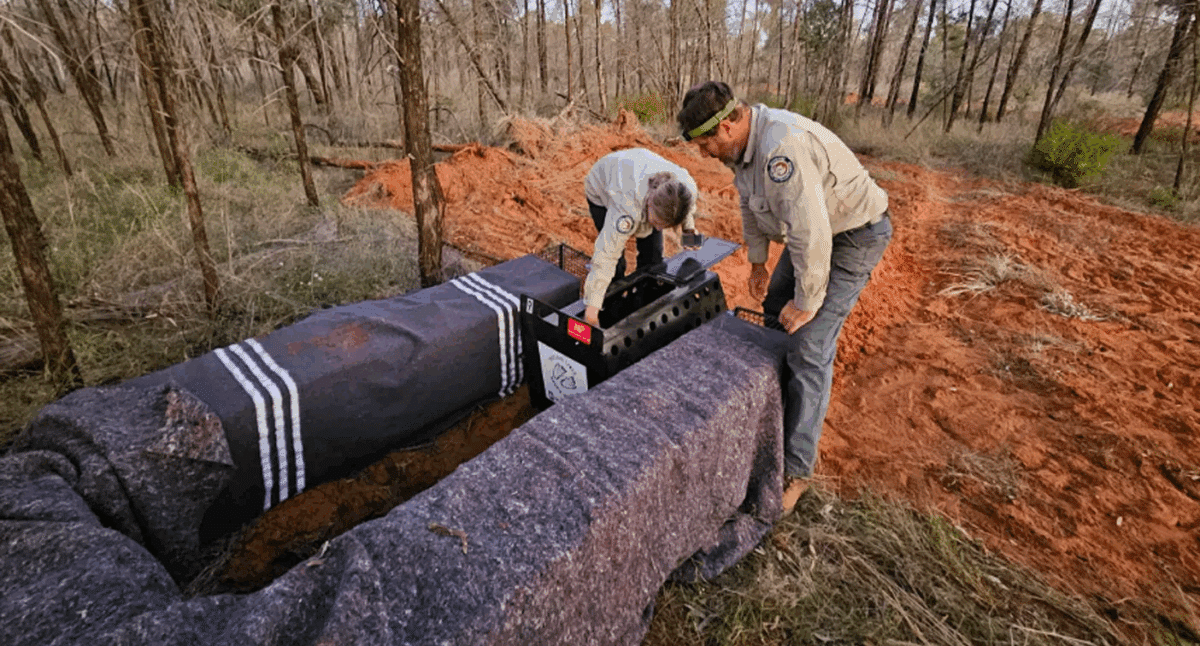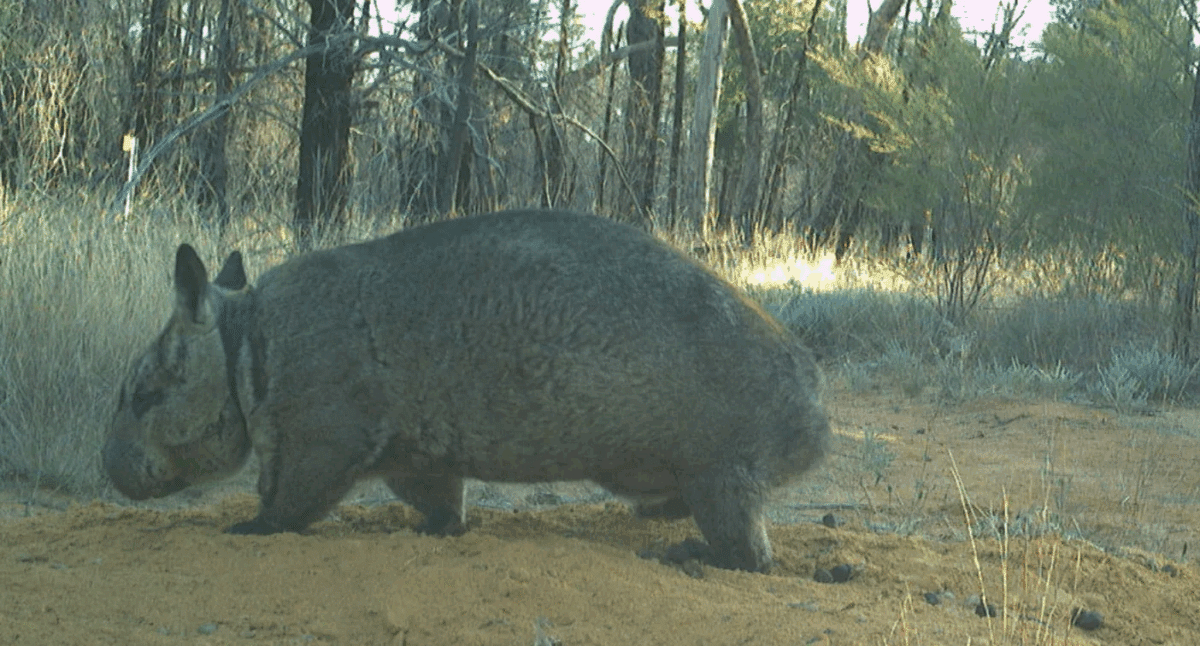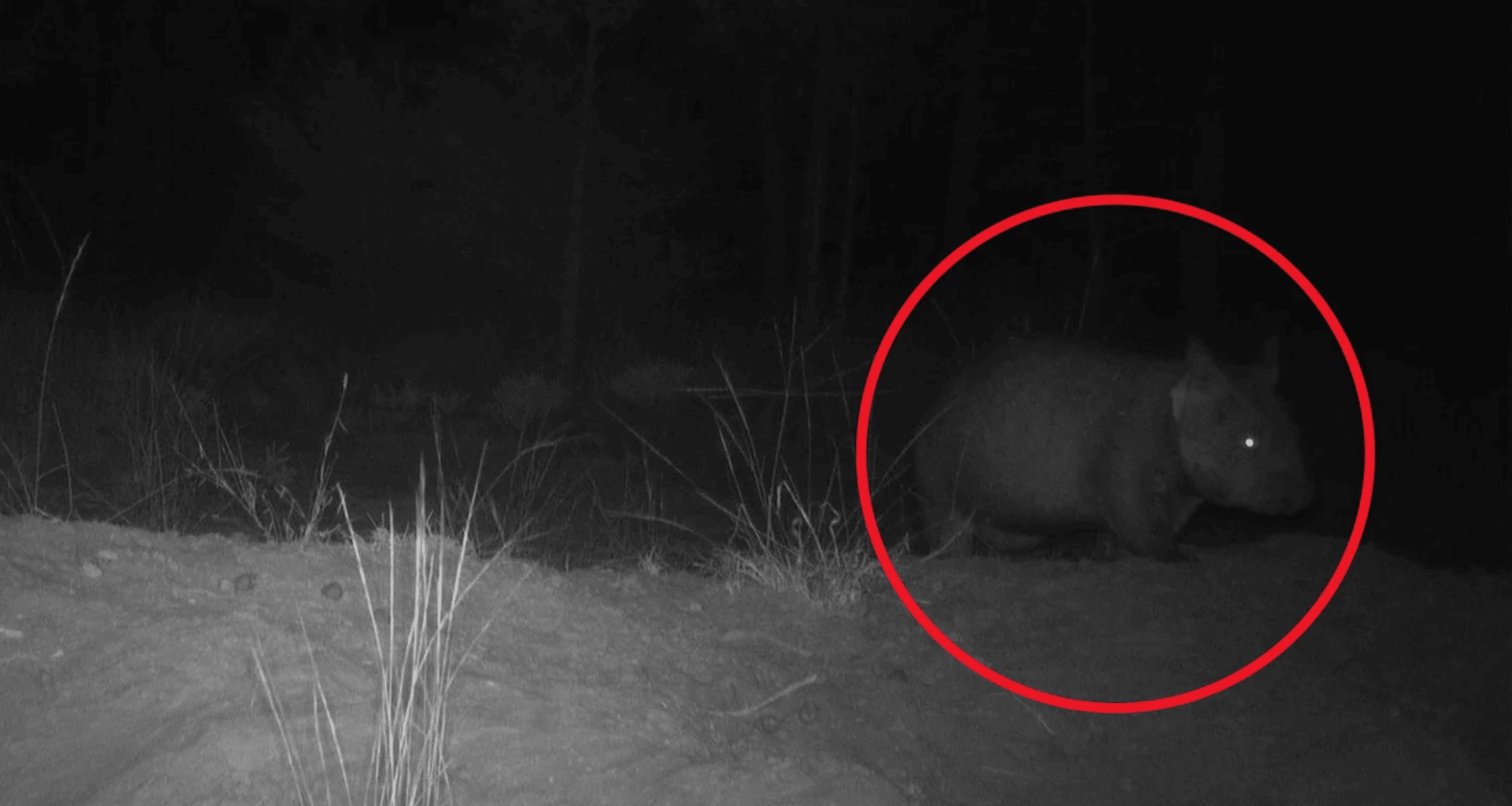Hidden cameras in the remote Queensland bushland have captured a rare sight few thought possible — the northern hairy-nosed wombat, one of the world’s most endangered mammals, appearing healthy and active. The discovery has stirred hope among conservationists and wildlife officials who have spent decades working to bring this species back from the edge of extinction. The footage, released as part of a recent monitoring study, signals a turning point for the survival of this elusive marsupial.
Hope Returns To The Queensland Outback
Deep within the arid plains of southern Queensland, the motion-triggered cameras recorded several adult wombats and their young emerging from burrows at night. For scientists, this footage represents far more than a scientific observation — it’s a symbol of recovery for a species once feared lost. The northern hairy-nosed wombat, which had fallen to fewer than 100 individuals just a few decades ago, now shows early signs of population stability.
The project, led by the Department of Environment, Tourism, Science and Innovation (DETSI), focuses on habitat restoration, predator control, and the creation of secure breeding zones. Rachel Chesher, Regional Director of DETSI, expressed optimism about the results: “These babies are a clear tick of approval from the wombats, and a step closer to our goal of establishing a self-sustaining population,” she said.
According to Yahoo News Australia, cameras have been strategically positioned across thousands of hectares of bushland to allow researchers to monitor the population discreetly. Each new sighting builds a clearer picture of how the wombats are adapting to their rehabilitated environment.

From Brink Of Extinction To Measured Recovery
The story of the northern hairy-nosed wombat is one of Australia’s greatest conservation challenges. Once roaming freely across Queensland, New South Wales, and Victoria, their numbers plummeted due to habitat loss, introduced predators, and competition with livestock. By the early 1980s, only about 35 individuals remained, all confined to a single site at Epping Forest National Park.
Since then, decades of coordinated conservation work have turned the tide. Rangers and ecologists have fenced protected areas, reintroduced native vegetation, and implemented scientific breeding programs. The latest camera footage confirms that these strategies are paying off. “Whenever we capture a wombat, there is much excitement because all the effort, the planning and hard work that has gone into this project is paying off,” one project member said.
These findings also highlight the power of long-term commitment and adaptive management in conservation. While challenges remain — including climate shifts and limited genetic diversity — the population’s steady increase marks a profound achievement in wildlife protection.

A Testament To Science, Persistence, And Faith
For researchers and volunteers who have worked tirelessly for years, the new footage represents a moment of triumph. Every joey captured on camera is a sign that the wombats are breeding successfully and adjusting to their protected habitats. These small victories reinforce the idea that even species once considered beyond saving can recover through science-driven persistence and community support.
The DETSI team plans to expand its monitoring program, combining drone surveys, DNA testing, and soil analysis to strengthen future conservation strategies. As the population grows, the ultimate goal is to see these wombats thrive without ongoing human intervention — a self-sustaining species once again roaming Australia’s wild landscapes.
The northern hairy-nosed wombat’s story proves that extinction is not always inevitable. With patience, innovation, and determination, even the rarest creatures can find their way back home under the red Queensland sun.

